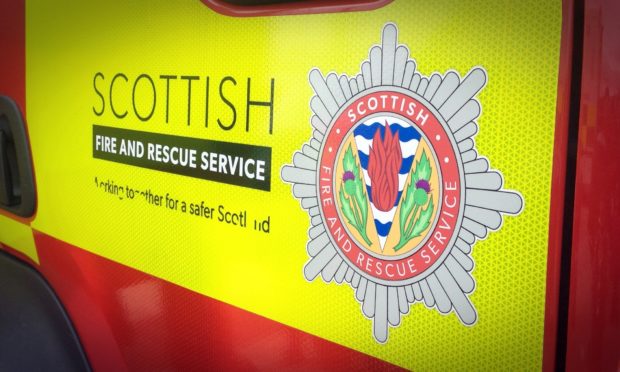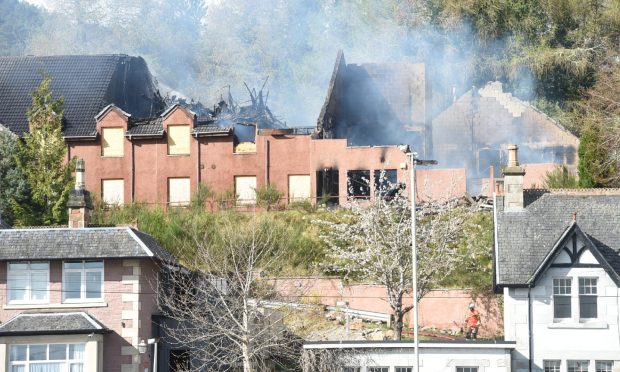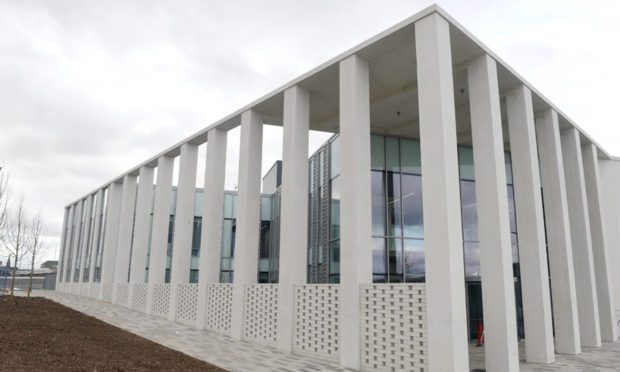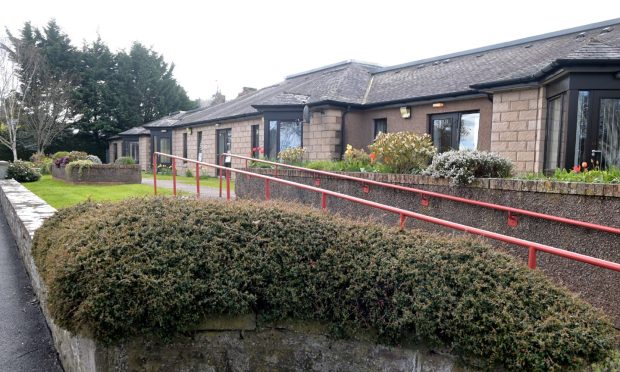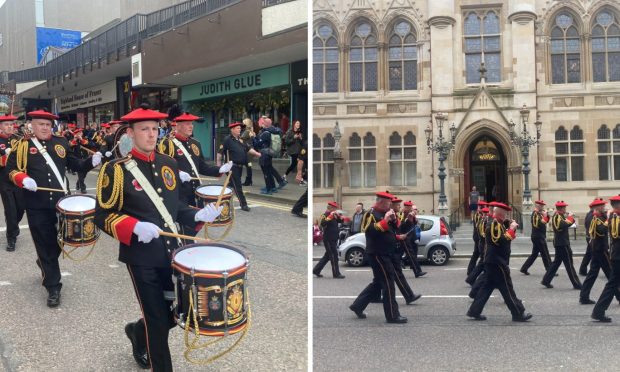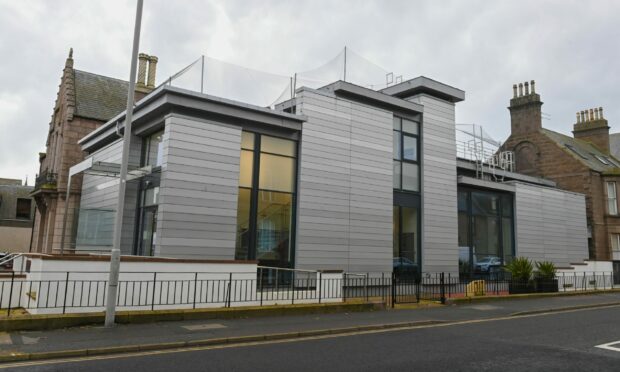Police and partner agencies in Skye & Lochalsh are reminding landowners about their rights and responsibilities if burning vegetation during muirburn.
Muirburn season runs from October 1 until April 15 inclusive in Scotland and many crofters and landowners carry out burning at this time of year as the weather improves.
Last year emergency services on Skye attended several out-of-control muirburn’s, some of which caused damage to land and forestry and required considerable resources from the Skye and further afield to bring the fires under control.
In one case more than 30 sq km of commercial forestry was damaged.
Partner agencies are reminding those taking part to read the Muirburn Code and be aware of their responsibilities and recommended best practice.
Best practice starts with making a burning plan before you set out:
• Identify where, when and how you want to burn
• Areas you need to avoid
• What equipment and help you will need
• How to minimise the risks of the fire getting out of control and damaging property or injuring anyone.
• Consider the weather is it too dry? Too windy?
• Consider your statutory responsibilities.
SFRS Area Manager Bruce Farquharson is the chairman of the Scottish Wildfire Forum. He said: “The management of vegetation through burning is a well-established process used widely across Scotland
“If you choose to carry out controlled burning, I would ask that you follow the principles laid out in the Muirburn Code.
“For example, please ensure you contact one of our operations control centres to let them know when and where you are burning, the time you intend to be finished by, and call us back when you are finished.
“Always make sure that you have the right amount of people and equipment to control the fire and extinguish it, and never leave a fire unattended.”
AM Farquharson added: “Seasonal burning following the guidance and good practice given in the Muirburn Code is one of the key means of significantly reducing the risk of damage from wildfires in rural environment.
“Livestock, farmland, wildlife, protected woodland and sites of special scientific interest can all be devastated by wildfires, as can the lives of people living and working in rural communities.
“Human behaviour can also significantly lower the chance of a wildfire starting so it’s crucial people act safely and responsibly.
“If you plan to visit and enjoy the spectacular countryside we have in Scotland please be aware that barbecues, camp fires and discarded smoking materials can all be responsible for causing large and dangerous fires that can consume huge areas of land and last for many days.”
Constable Chris Tait, of the local policing team on Skye, added: “We are all hoping to reach out to local community crofters and landowners to promote good practice and adherence to the muirburn code.
“Careful planning and responsible burning protect the community and other areas from unnecessary damage, but also the land for future generations of crofters.
“If the code is ignored then the consequences could be severe for the local economy as well as wildlife and property. Police Scotland will robustly investigate any offences that become apparent”.
Dr Alison MacLennan, conservation officer for RSPB said: ”Each year countless nests with eggs or chicks and even incubating adult birds are destroyed by fire or smoke inhalation from irresponsible muirburn.
“The RSPB strongly urges crofters and land managers who are undertaking muirburn to do so as early as possible in the year and before April 15 in compliance with the new Muirburn Code. Much of the damage to wildlife could be averted if the ground to be burnt was walked over before the fire was lit to ensure there were no ground nesting birds present.
“In addition, if burns were carried out in small patches in a controlled manner and if all fires were attended until fully extinguished this would greatly reduce the risk to wildlife
NFU Scotland president Andrew McCornick said: “With the Muirburn season now here, we would like to take this opportunity to remind famers and crofters of the importance of abiding by the rules when cutting and burning heather and vegetation as a land management tool. Being able to safely control heather growth is vital for many of our members in order to improve grazing for sheep, as well as grouse moor management.
“With incidents of wildfire in the past month, the message is clear. We need to ensure that Muirburn is done in a controlled and well thought through manner by experienced and knowledgeable groups so as to avoid fires getting out of control and possibly becoming large scale wildfires.”
